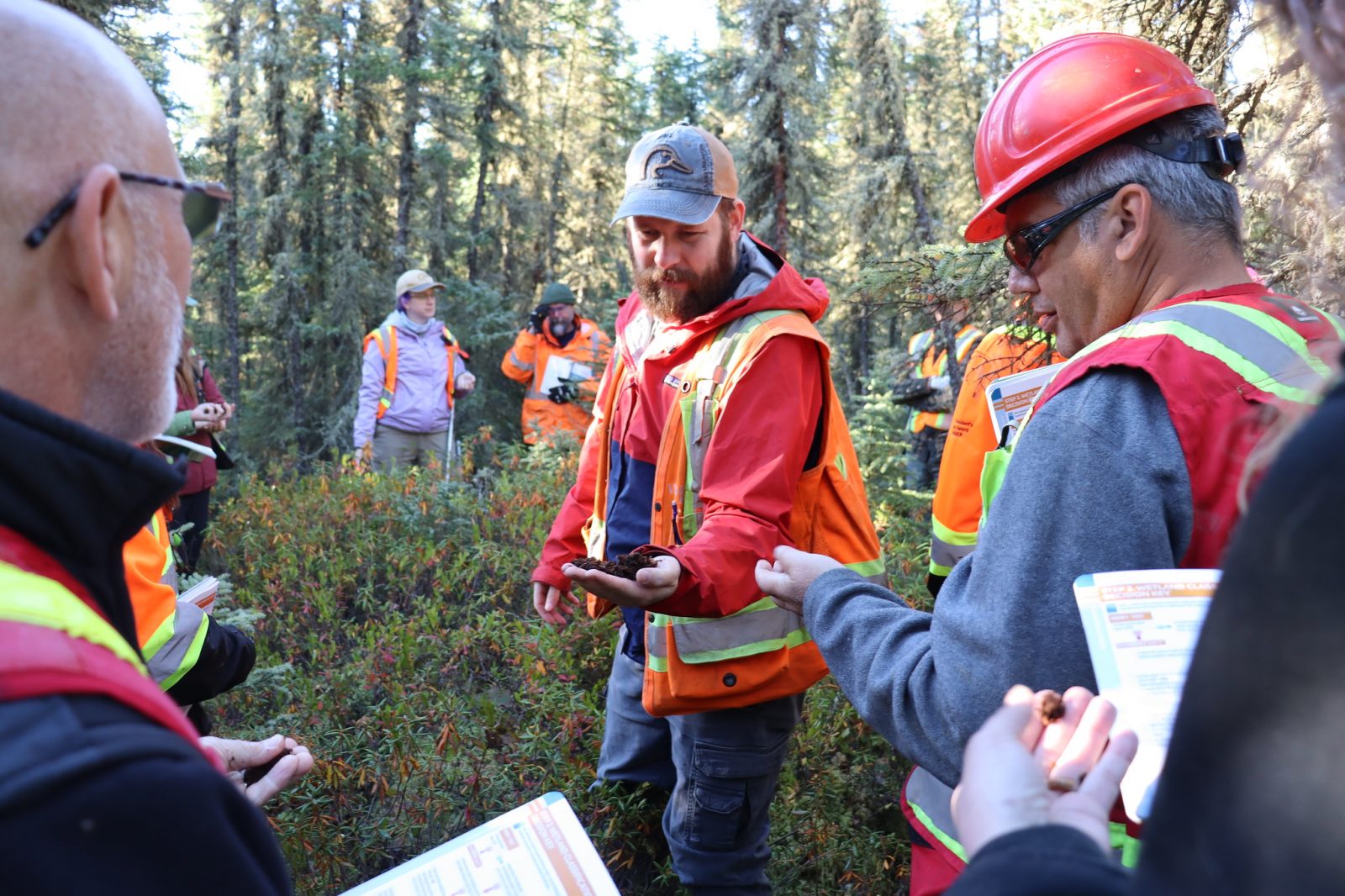Ducks Unlimited Canada
National Boreal Program
10525 170 St NW Suite 300
Edmonton, Alberta, Canada
T5P 4W2

Ducks Unlimited Canada
National Boreal Program
10525 170 St NW Suite 300
Edmonton, Alberta, Canada
T5P 4W2

Ducks Unlimited Canada would like to acknowledge the land now known as Canada, and original peoples who traditionally and currently live, conserve, restore and steward these homelands. We respectfully want to recognize the First Nations people who originally called North America: Turtle Island. We also want to honour the Inuit people who live in the northern regions and all the Metis Nations, Settlements and communities across this land.

© DUC. Patterned fen. Dehcho Traditional Territory, NWT.
Canada’s boreal region is dominated by wetlands. In fact, 67 per cent of Canada’s boreal is covered by wetlands. The region is globally significant, containing over 25 per cent of the world’s wetlands and 85 per cent of Canada’s wetlands.
Boreal wetland ecosystems are intrinsically linked to the health of surrounding forests, lakes, rivers, and communities. They are hotspots for biodiversity and support life in the boreal in unique ways. For example, open-water systems are used by many waterbirds whereas peatlands (bogs, fens) supply water to surrounding forest and open water habitats, sustaining them through drought periods.
In addition to providing habitat for wildlife and maintaining healthy watersheds, boreal wetlands capture and store enormous amounts of carbon.

The impacts of climate change on the natural world and the people that depend on it is an issue that is concerning for many people. Boreal wetlands are sensitive to climate change; changes to boreal wetlands will have subsequent impacts on the people, communities, industries, forests, medicines, and wildlife that depend on them. However, we do not have a clear understanding of the effects of climate change on boreal wetlands, hampering mitigation and adaptation planning.
These satellite images of the Peace Athabasca Delta in northern Alberta demonstrate the variability of boreal wetlands. Slide the centre bar left and right to see the variation between a dry (2017, left) and wet (2020, right) year.
Ducks Unlimited Canada, in collaboration with Western University, the National Center for Atmospheric Research and Athabasca University, is working to develop a cutting-edge model to simulate changes in wetland distribution and abundance across the ~3,282,000 km2 Western Boreal Forest. This model will work to close knowledge gaps and inform management actions.

Canada’s Western Boreal Forest
This complex modelling approach will use fine-scale climate projections to simulate how climate change will influence wetlands through changes in numerous variables including temperature, precipitation, and permafrost thaw. The model will simulate future wetland distribution at a finer scale than any previous effort.
A similar modelling approach has been used successfully in the Prairie Region. Learn more about the project here or read the full publication here.

Through outreach and engagement events and activities, we hope to understand the concerns, knowledge gaps, and information needs of various peoples and communities who depend on these vital ecosystems. We hope that our research will support local and regional efforts to monitor, mitigate and/or adapt to climate change and help better understand landscape changes. This will be an iterative process where we work to tailor the scientific outputs to meet the needs of different people, groups, and communities.
This project aims to incorporate community knowledge and needs into the modelling outputs. We’re currently working on developing opportunities to engage diverse groups and gain input.
We want to hear from you! Please complete our survey Opportunity for Engagement: Research Products on Boreal Wetlands and Climate Change.
Stay tuned for updates on other engagement opportunities.
We would like to acknowledge Alberta Innovates for the support they provided for this project.